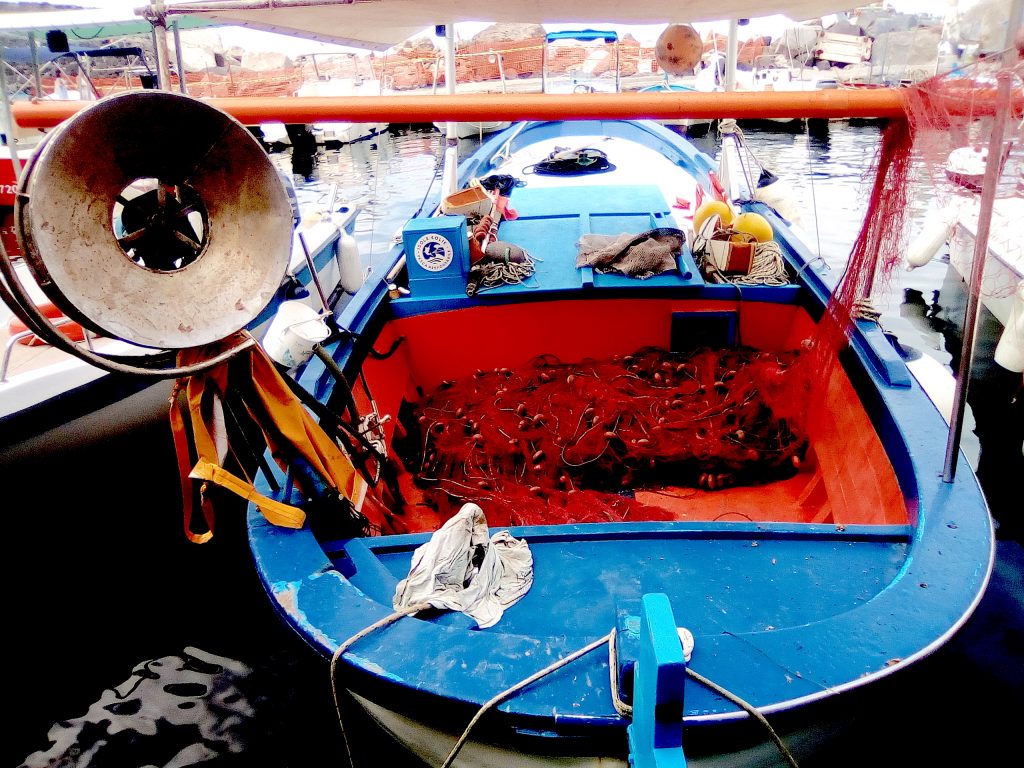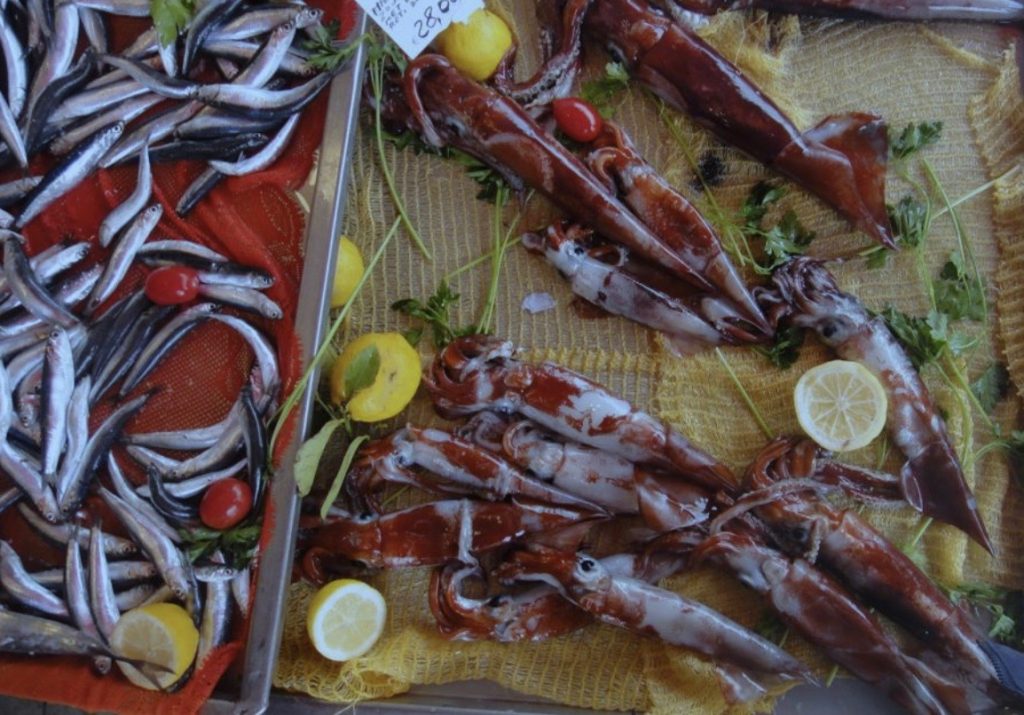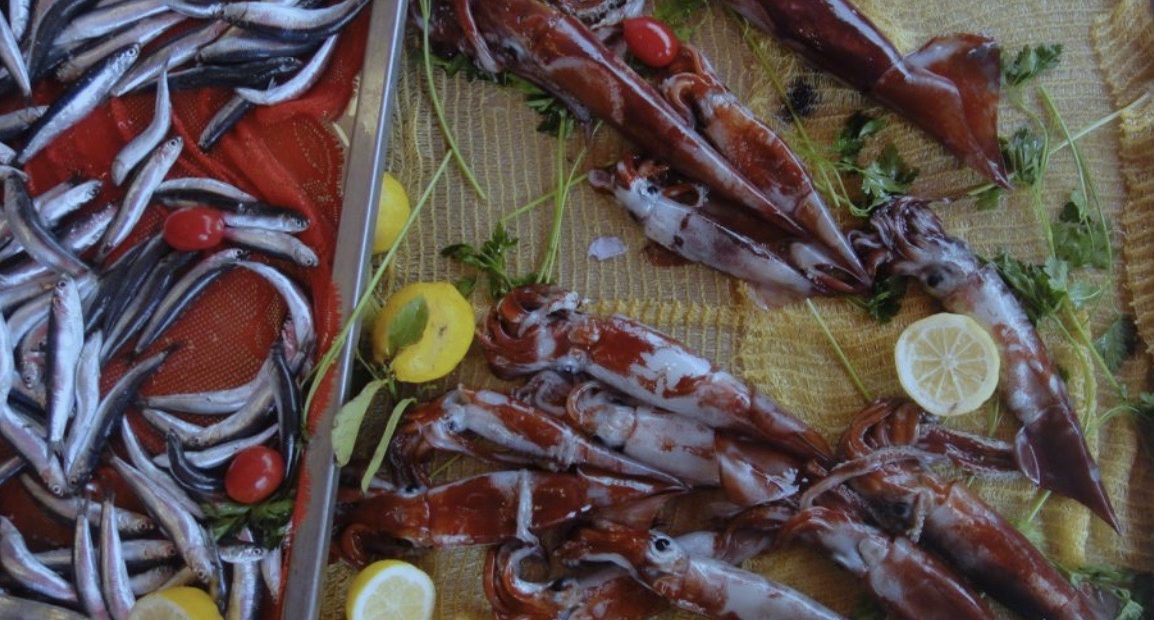During the last year (May 2018 – April 2019) a fish landing monitoring project has been carried out, focussed on the Aeolian artisanal fishing activities in the islands of Lipari and Salina. It shows how the local fisheries are continuously evolving throughout this period. The study has been supported by Blue Marine Foundation and Aeolian Islands Preservation Fund.
With the ban of driftnets (‘spadare’) in 2002, the Aeolian fishing industry changed dramatically. The Aeolian Islands were traditionally the most important area for this type of fishing activity, which was able to generate a considerable level of employment and profits (more or less official). Also, the catch of crustaceans, cephalopods and other fishes as well as by-catch of bluefin tuna, imperial luvar and Mediterranean spearfish and luvar, provided many direct and indirect local jobs, generating positive economic balances between local import and export.
The present study wanted to investigate 15 fishing activities, and the census of 82 species, providing detailed information about the fishing catch and effort by gear; the catch by species per day, month and year; the seasonality of several fishery gears; the prices at landing and on the market; the transformation of distribution chains and an assessment of the global value of the Aeolian fishing sector.
Before carrying out the study on fish landings, it was necessary to take a census of the local fishing fleet in the Aeolian Islands, defining in detail their characteristics. The results were that there were over 125 registered professional fishing vessels; 120 were potentially active in the islands; and only 109 were effectively operational at sea. Compared with previous information we can see that the professional fishing fleet in the Aeolian Island is decreasing year on year, along with the number of professional fishermen. Officially, there are only 171 professional fishermen across all the Aeolian Islands.
This study allowed us to estimate the cumulative total landings in the Aeolian Islands at about 980 tons per year, for all species, resulting in a value at landing of about €6,630,000. The average income per vessel varies a lot, but it is not very high.
This study also identified several problems in the local fishery sector, including illegal fishing and the disruption of cetaceans with various fishing gears, which might seriously affect fishing catch. To this end, one of the most important fishing activities in the Aeolian Islands is the squid fishery, which is able to provide high yields but, at the same time, it is possibly the most affected by dolphins as predators. In those cases, the yields show an average reduction of around 60%.
Nowadays the local fish trade balance is strongly negative, because the export is not able at all to compensate the import, which is about three times higher. Even target species (i.e. the bluefin tuna, albacore and swordfish) are partially imported to satisfy the local market request.
In conclusion, this study provides a good insight of the current situation related to the Aeolian artisanal fishery sector, giving also an overview of some dynamics that are hard to solve. Therefore, this information will be essential data for better planning the activities in the Aeolian Islands in future years, particularly in the idea of establishing a future marine protected area.


